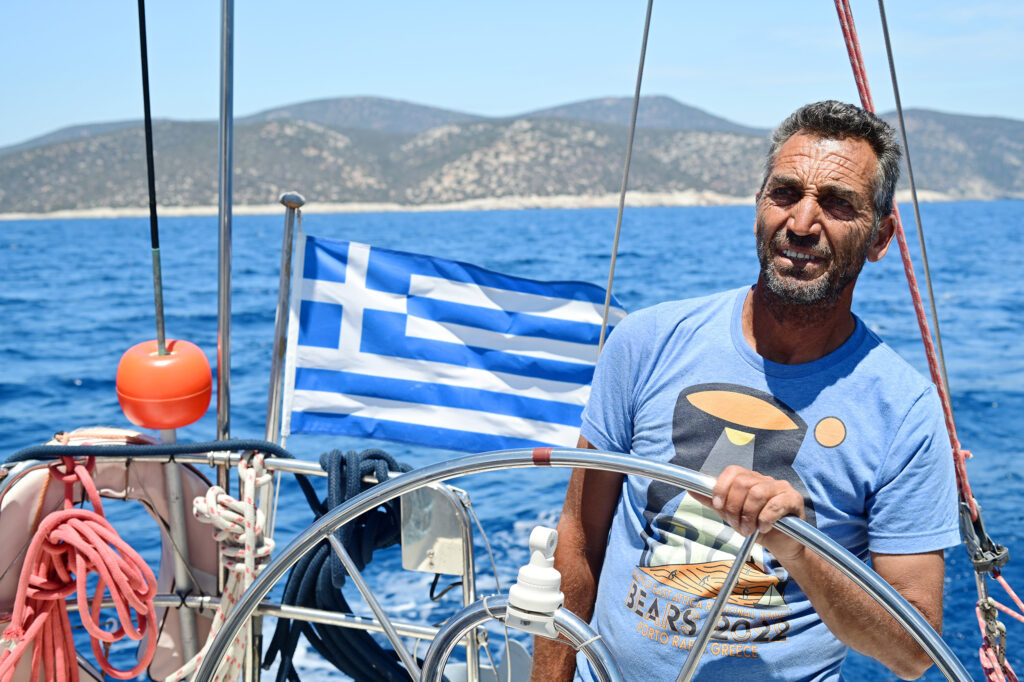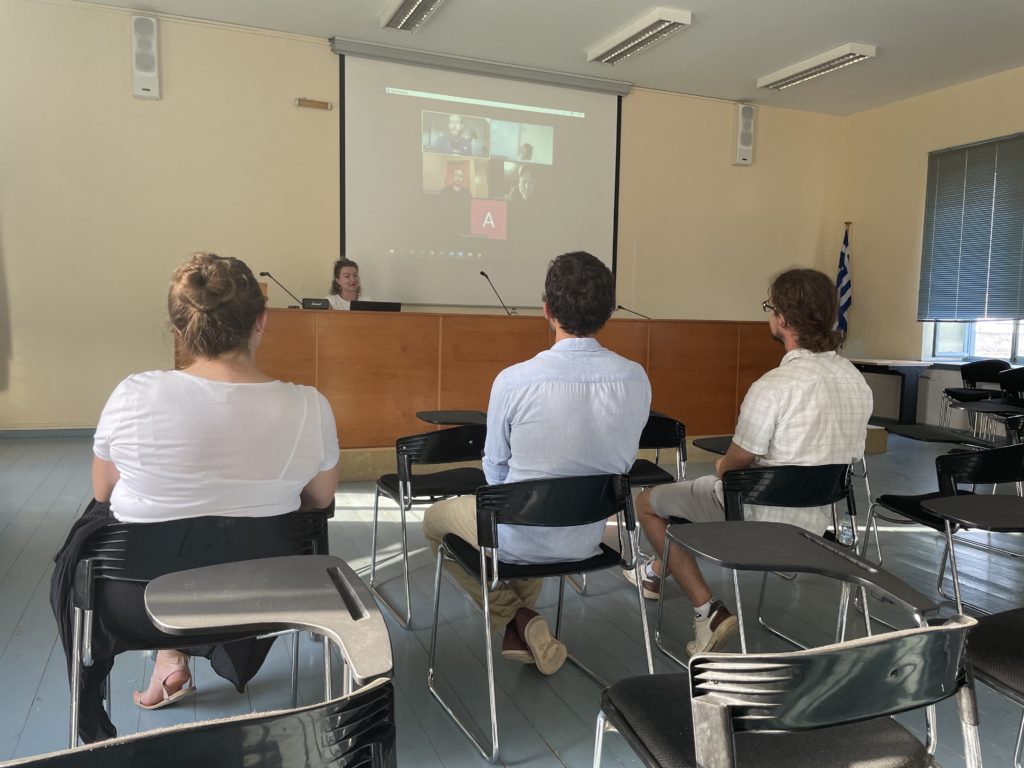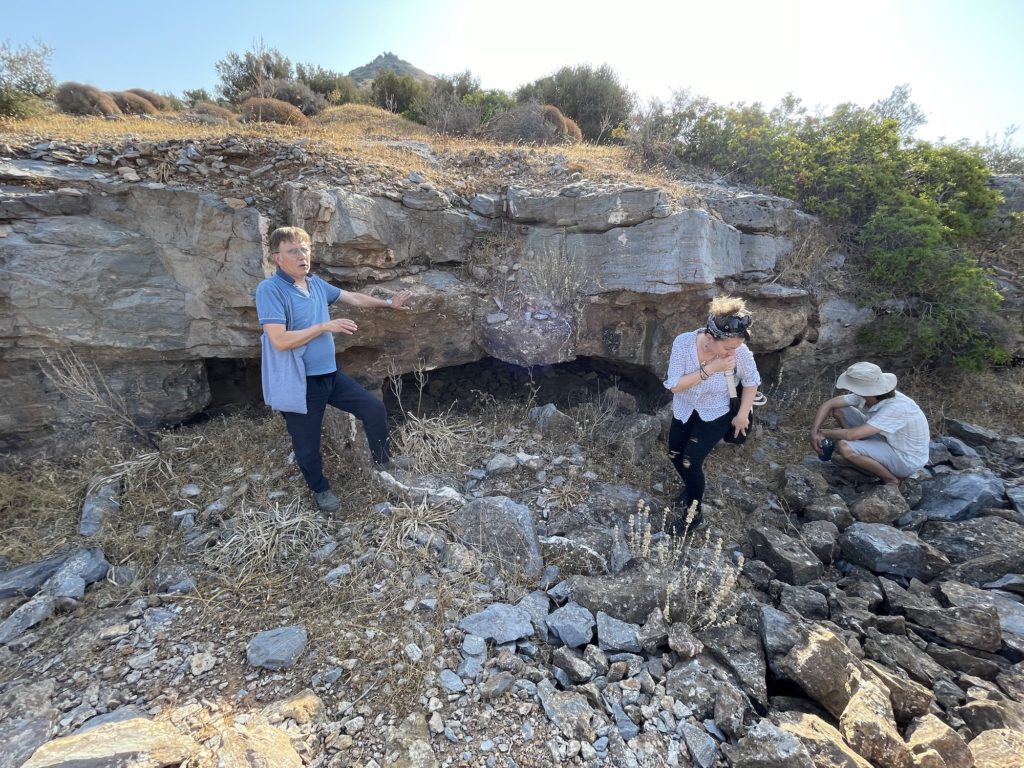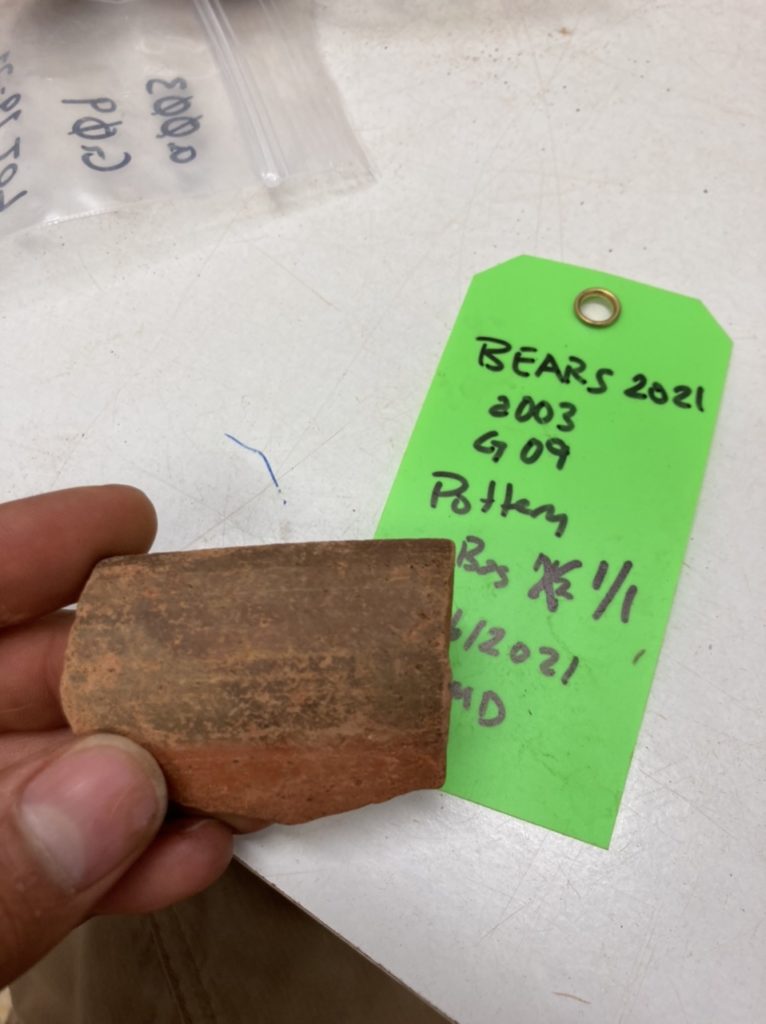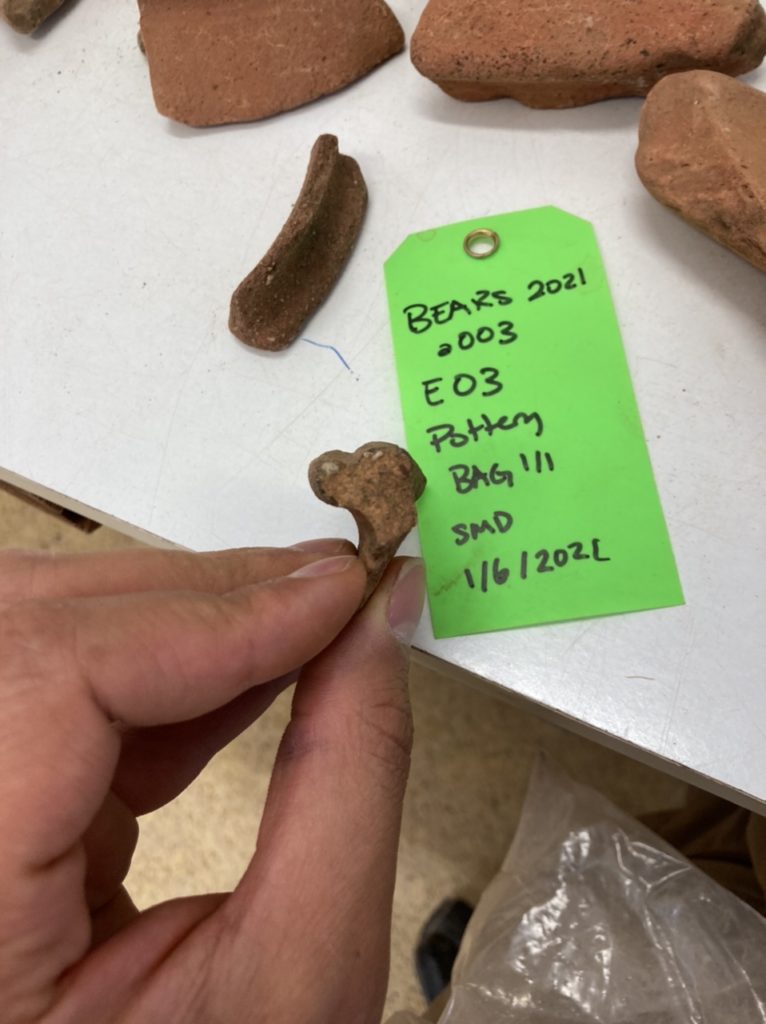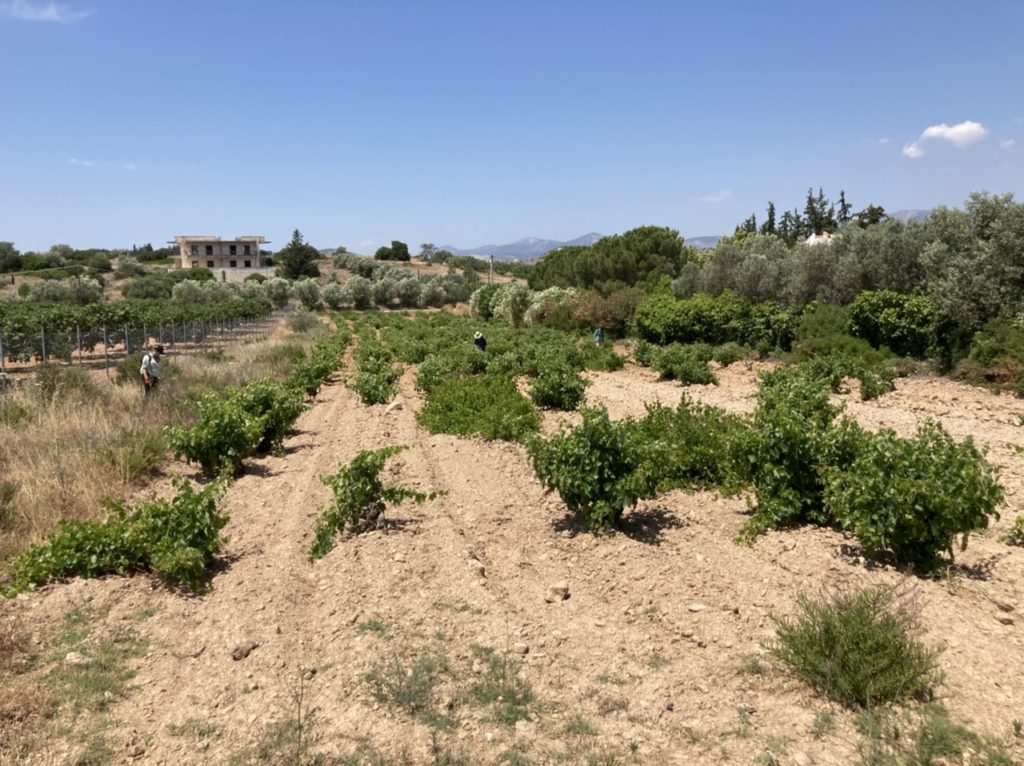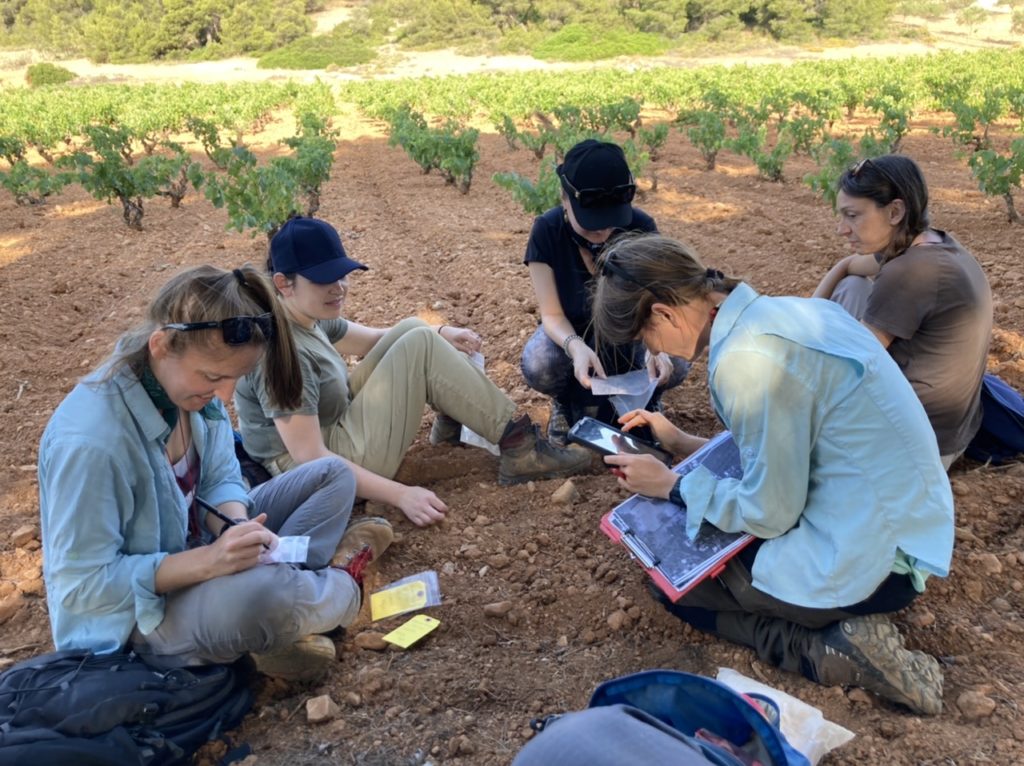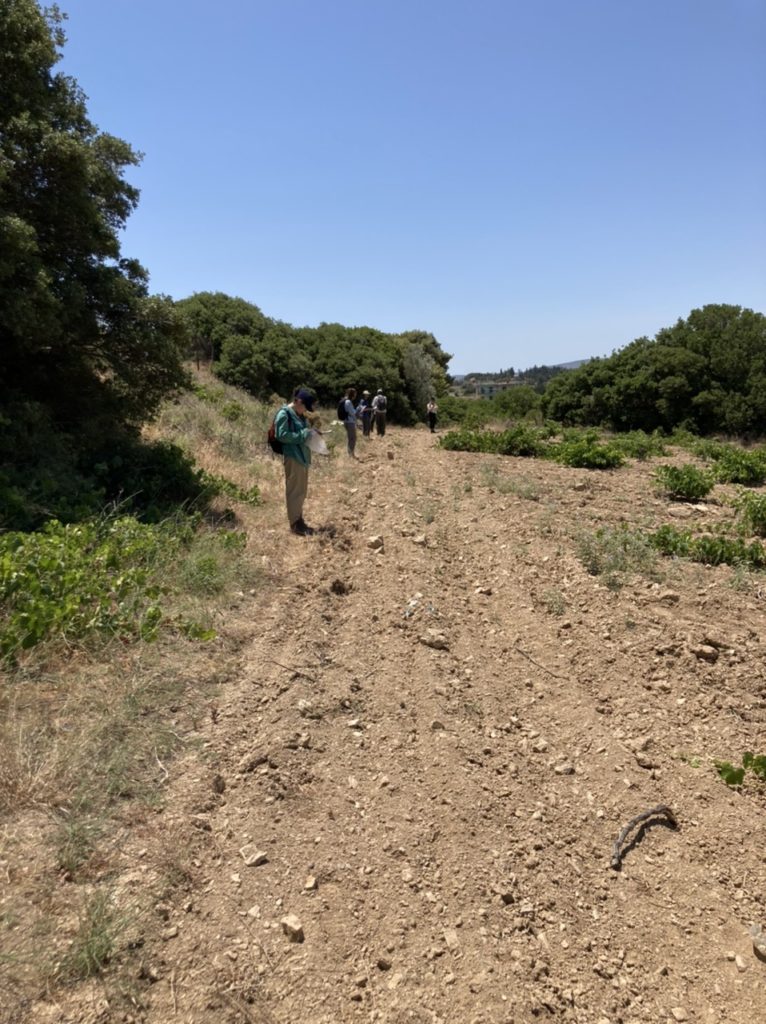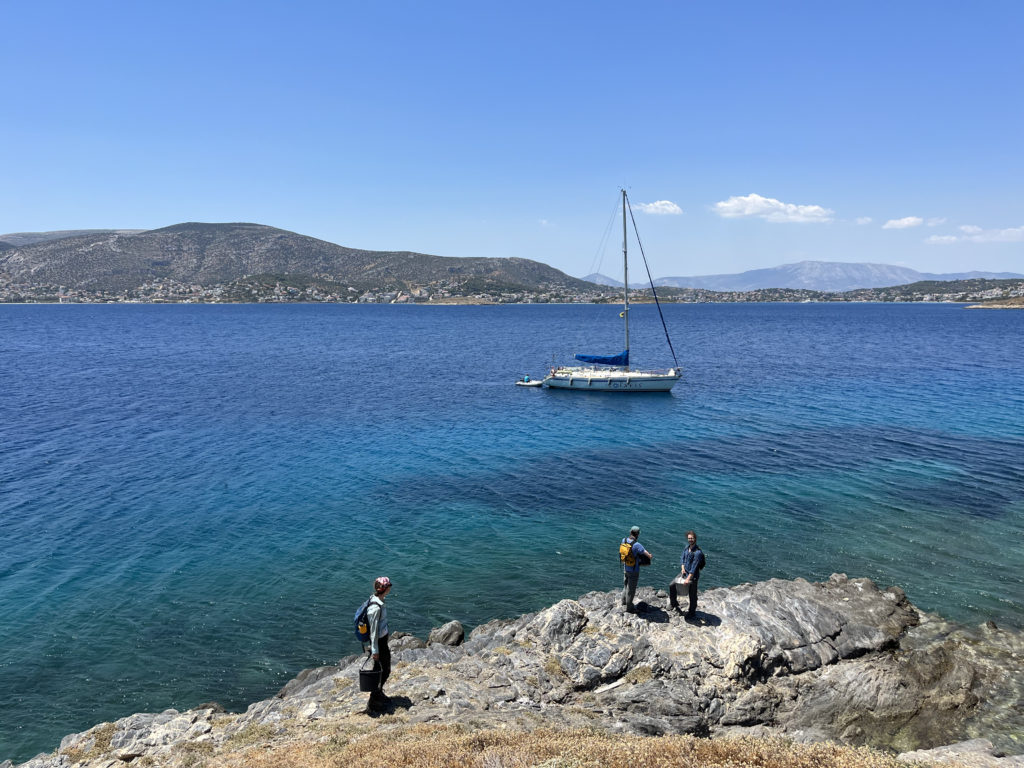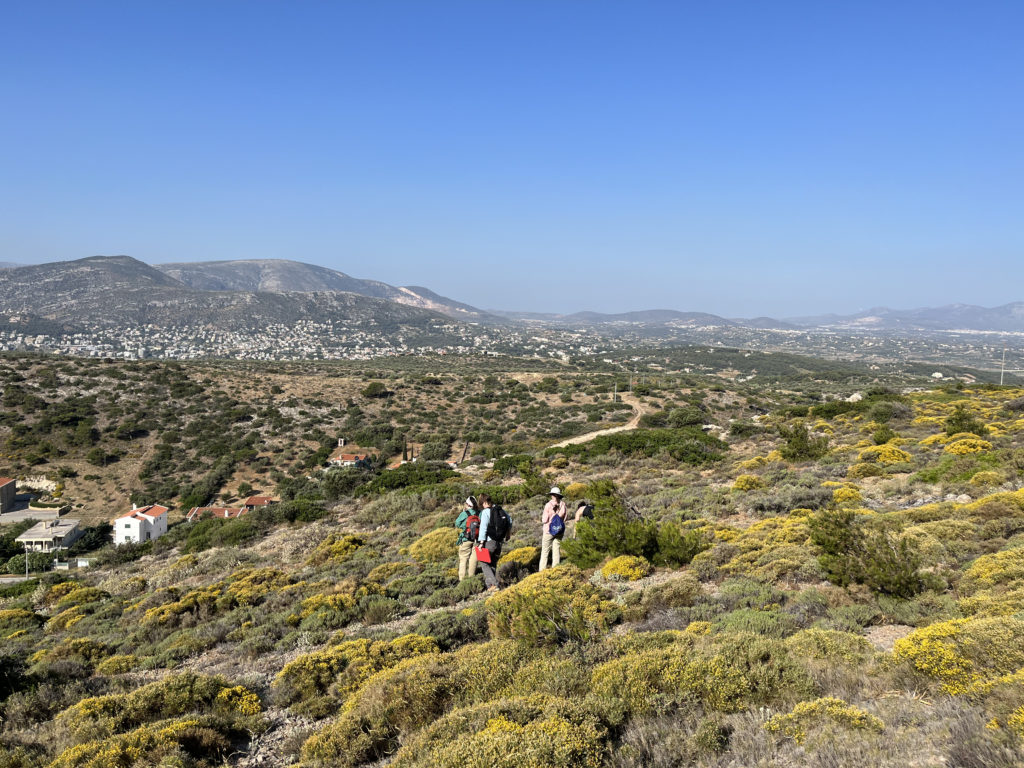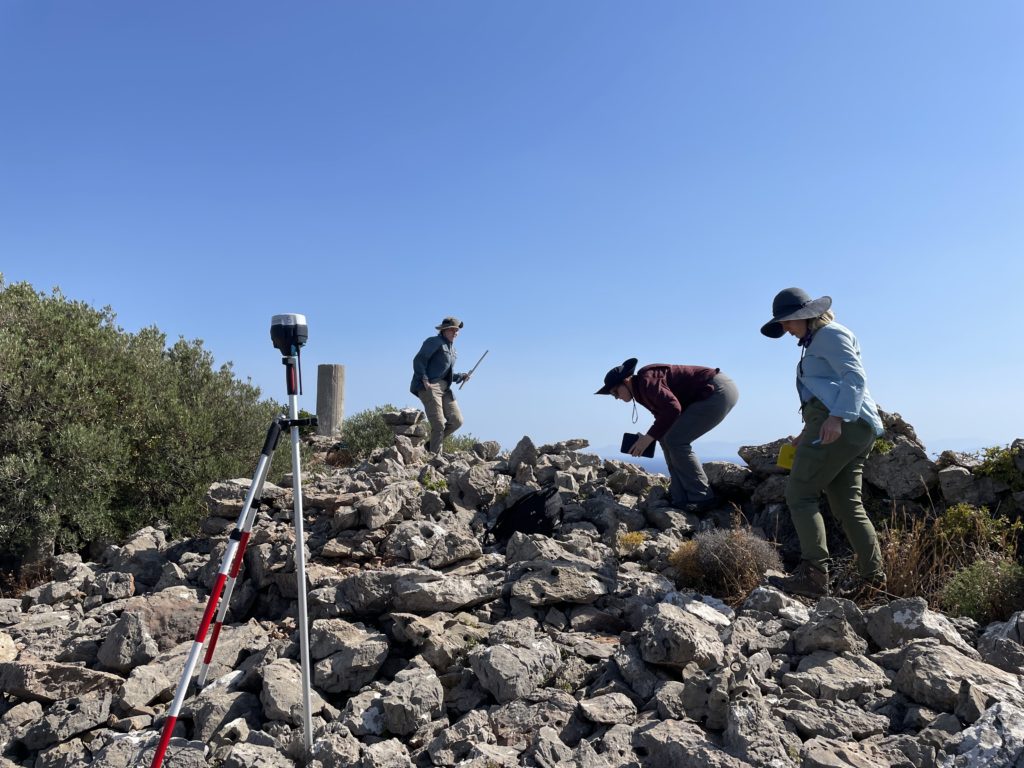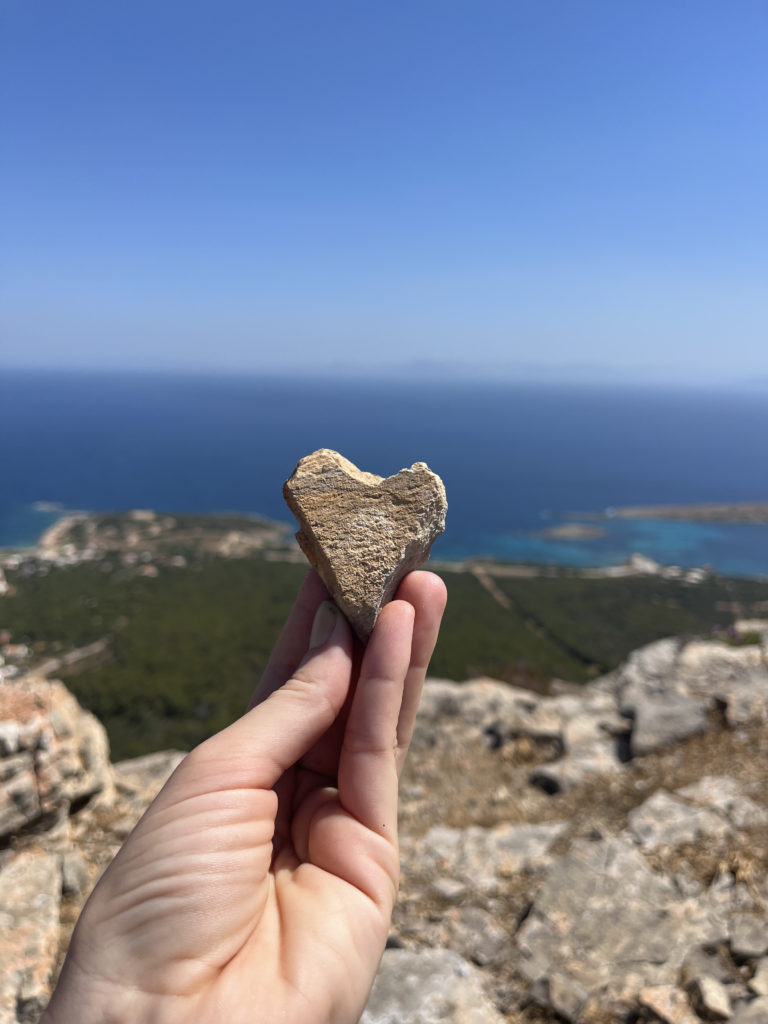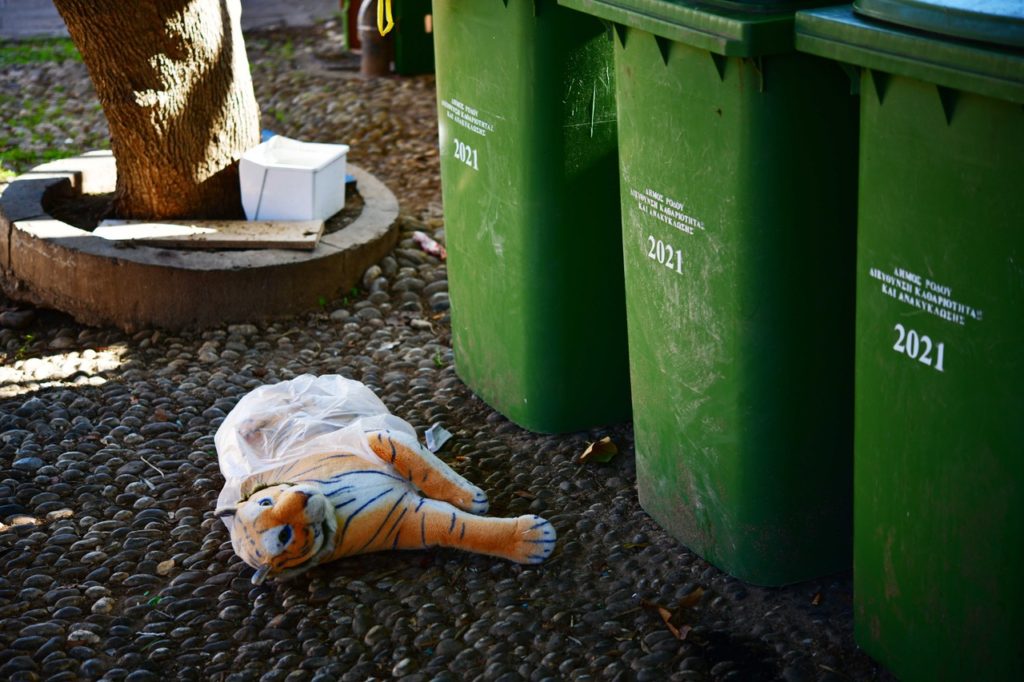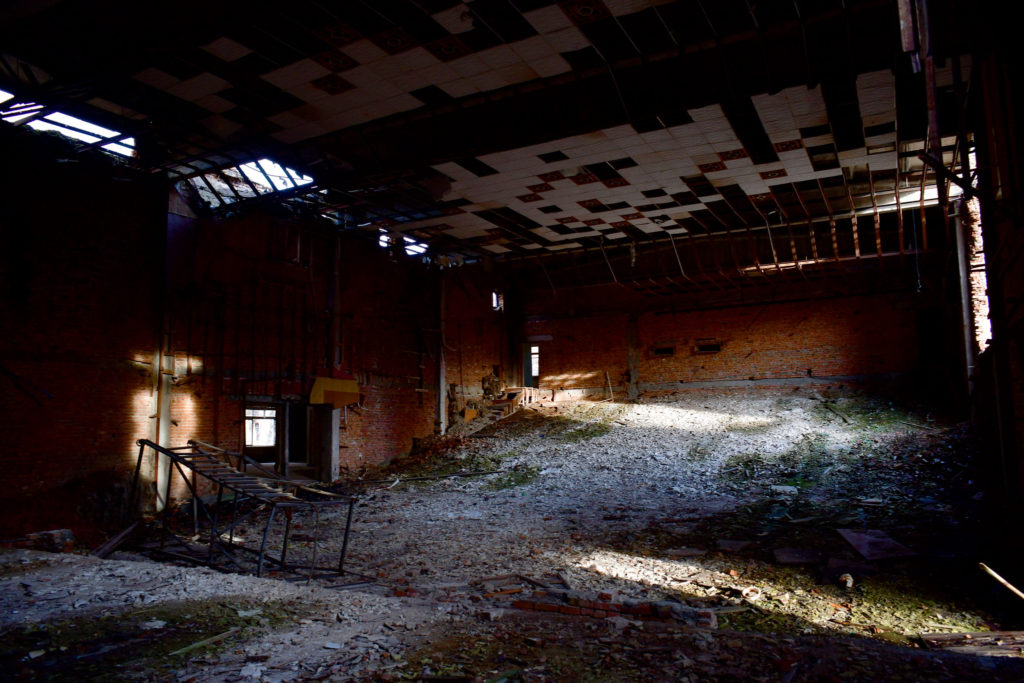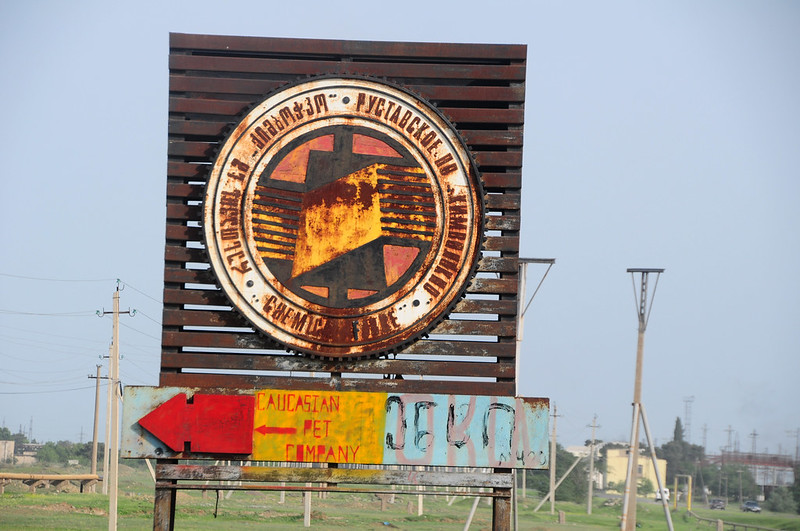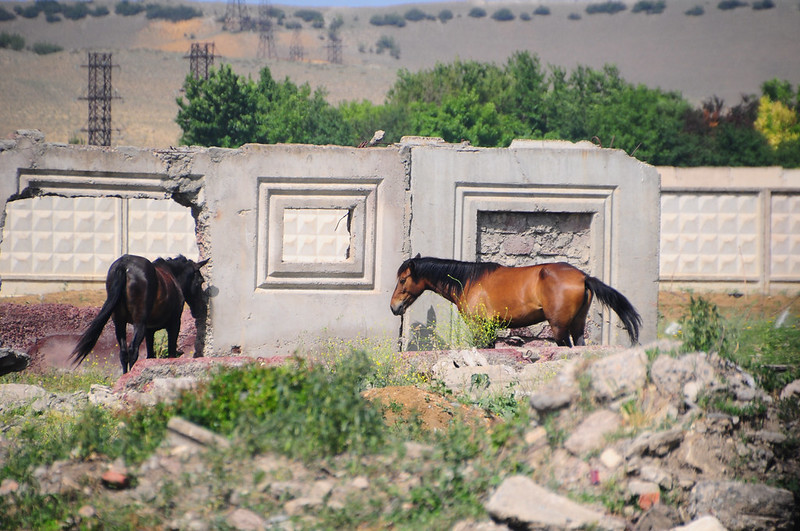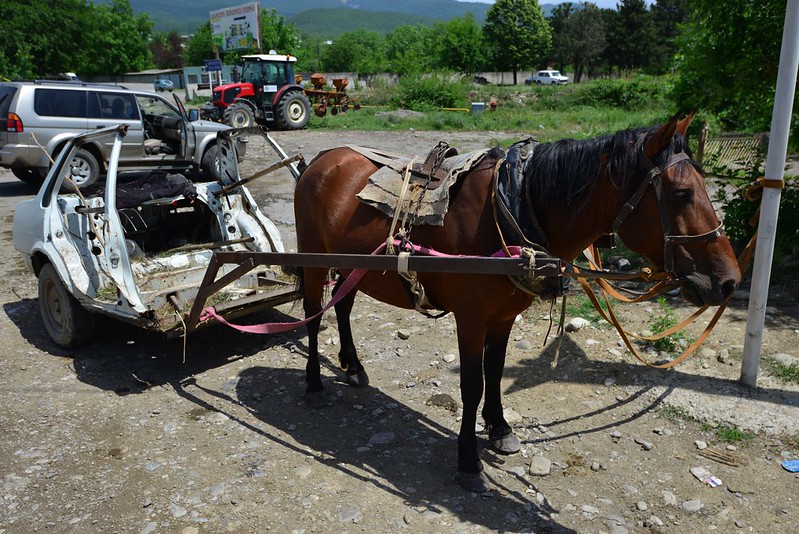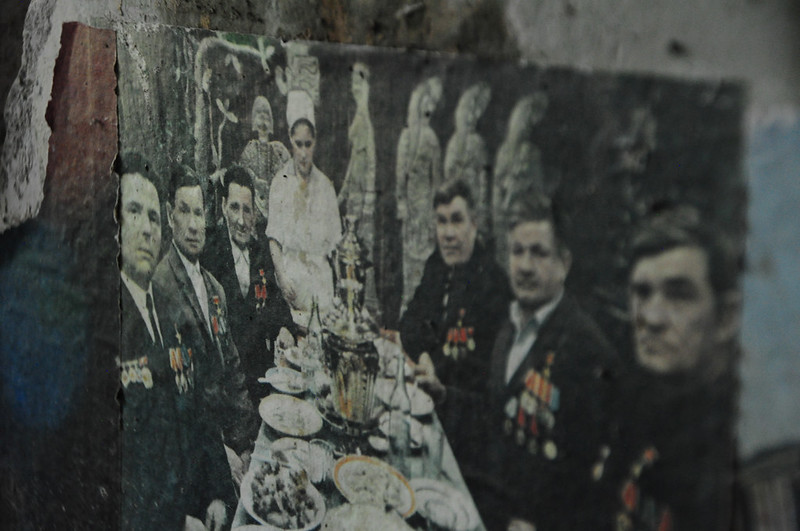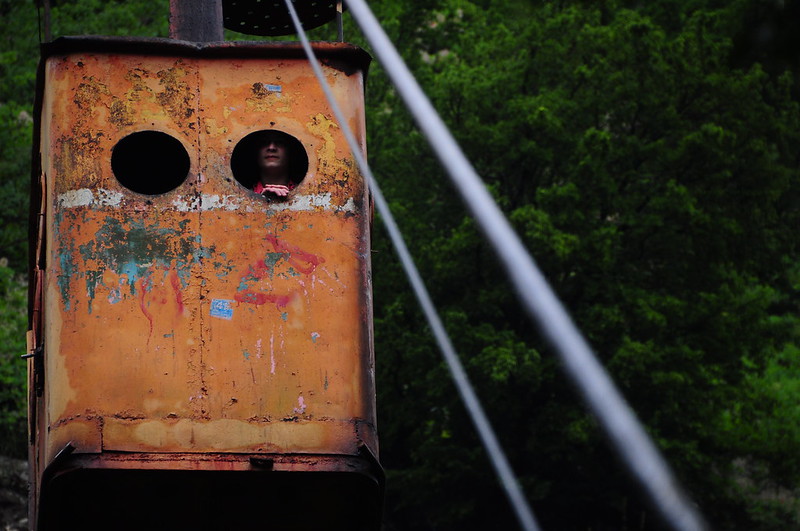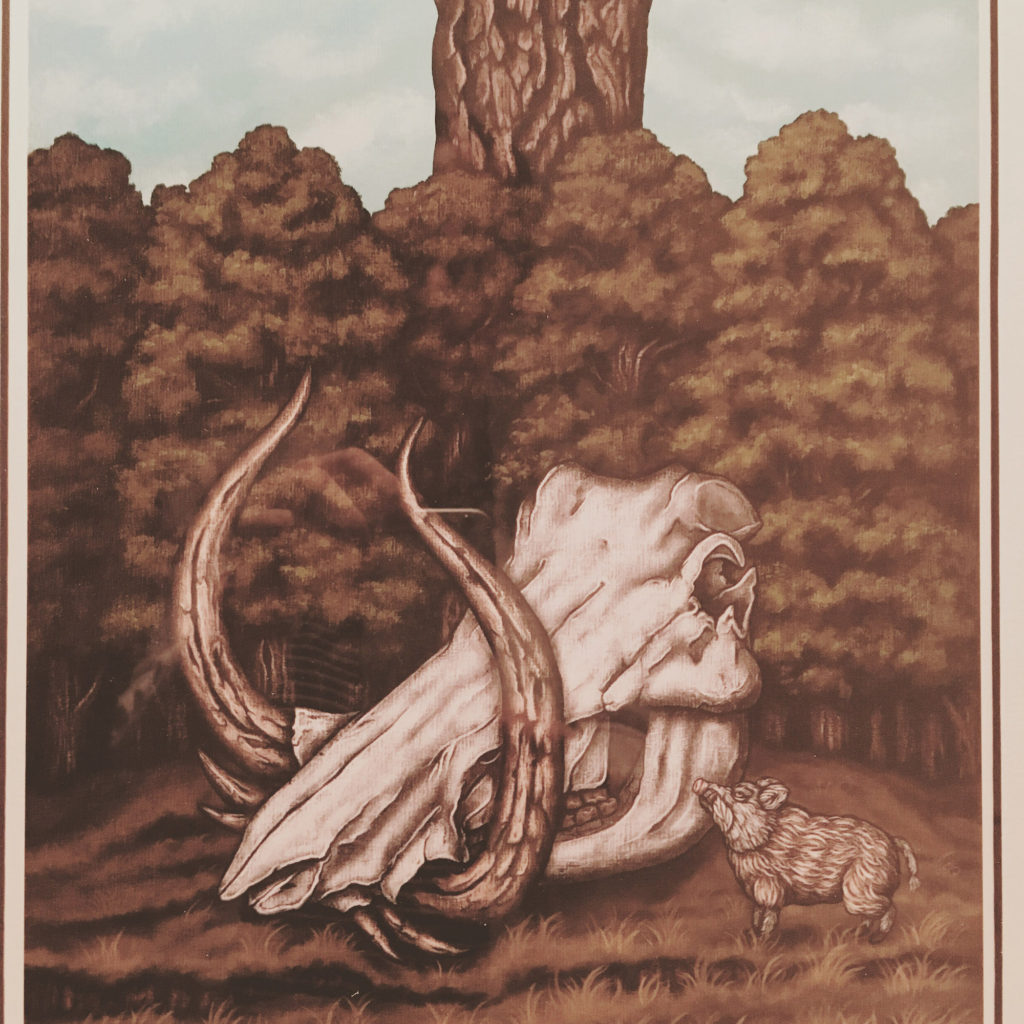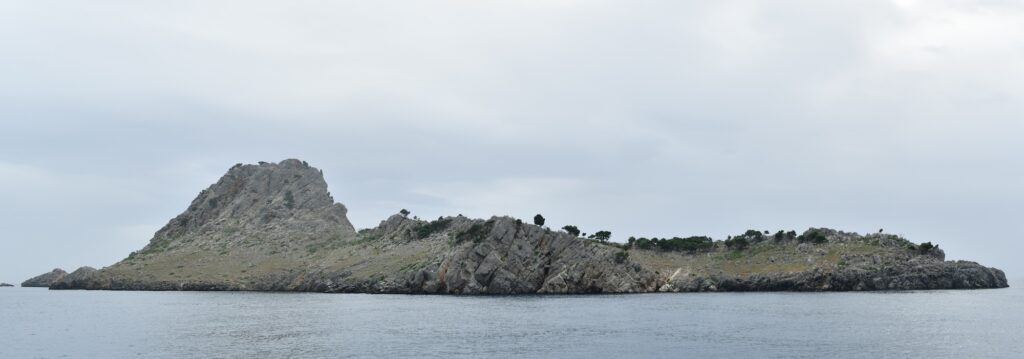
On a glowery overcast October day last week, two BEARS team members (Bartek Lis, LH IIIC pottery guru, and your faithful blog correspondent, co-director Sarah Murray) had the great and glorious privilege of visiting Christos Agouridis and his team of underwater archaeologists during their campaign of excavations at the shipwreck of the northern shore of the islet of Modi in the Saronic gulf.
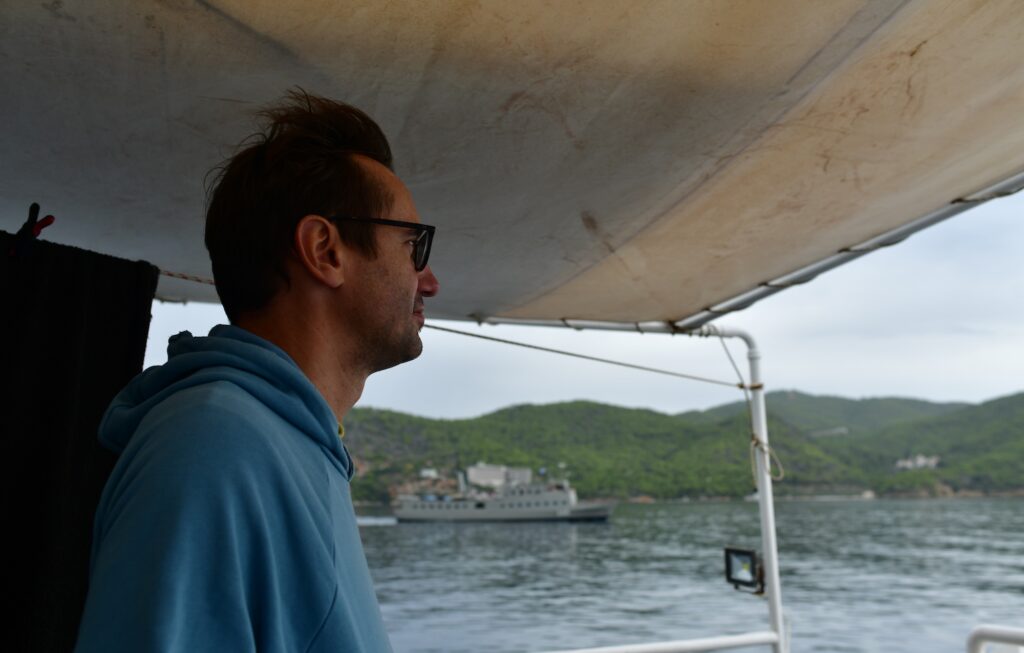
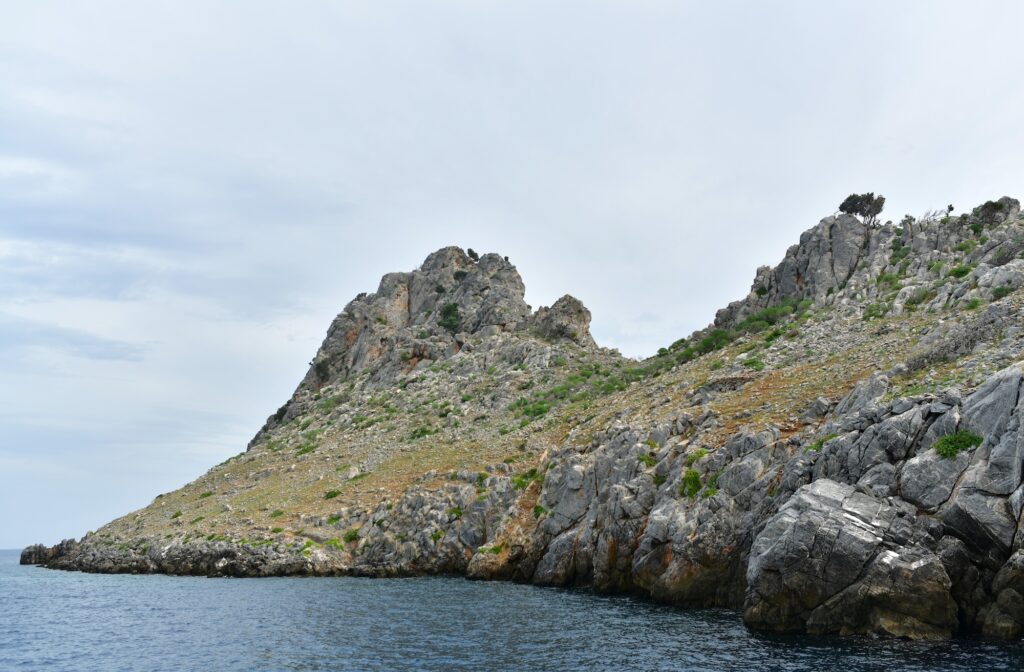
As faithful blog readers will know, Modi is a small, craggy island off the coast of Poros. Like our own Raftis islet, Modi is covered in a dense scatter of LH IIIC and Late Roman (7th century CE) pottery. Excavations by the Greek Archaeological Service produced some really interesting LH IIIC finds on Modi, including evidence for engagement with long-distance exchange networks, and these finds are matched by the amazing finds from Agouridis’ excavations of the shipwreck mentioned above.
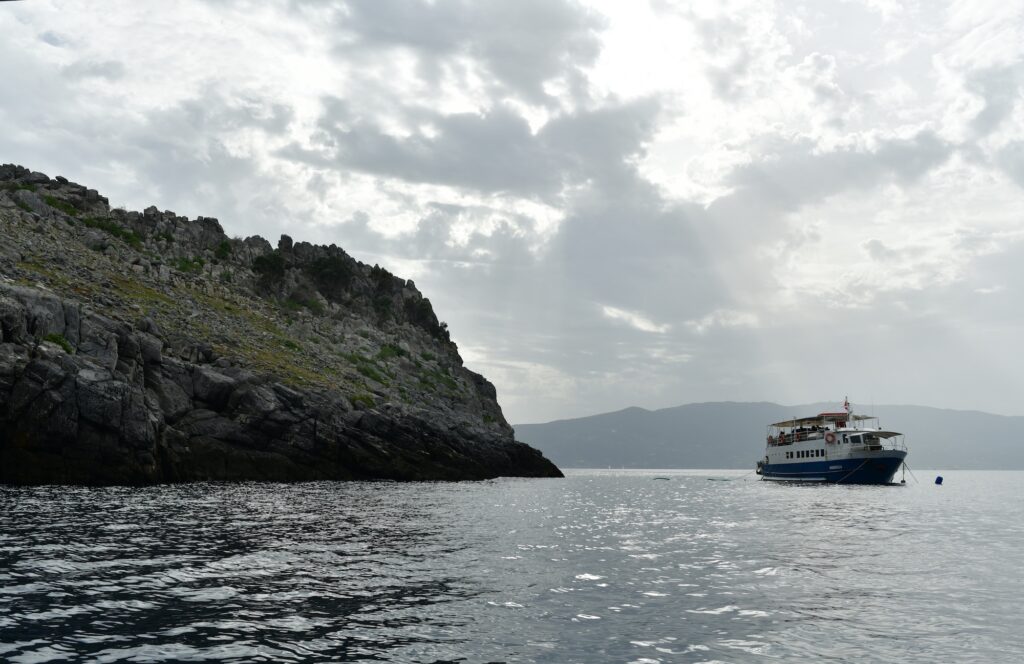
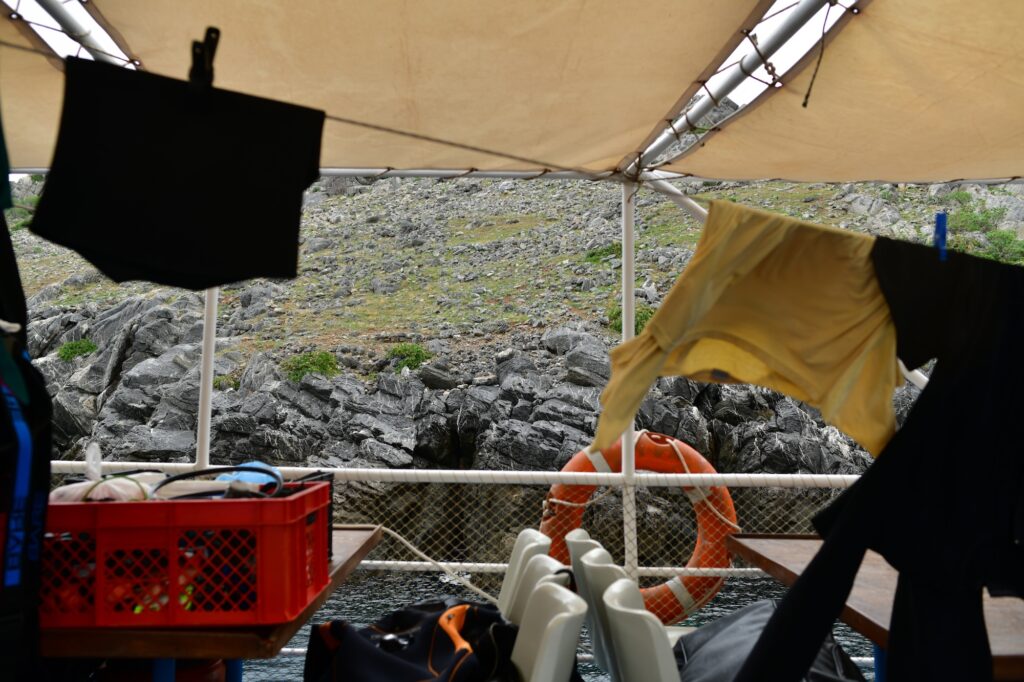
Visiting Modi was a real dream come true – all made even better by the incredible friendly hospitality offered by Christos and his team. We were given wonderful explanations of and insights into the daily work routines involved in excavating underwater remains on a steep, rocky slope, and had many great discussions about potential connections between the finds from Modi, the wreck, and what we’ve found in Porto Rafti. Perhaps most importantly – we were never short of coffee and delicious Greek snacks! We could have stayed forever; though neither Bartek nor myself are qualified divers, perhaps we could contribute to the sieve?
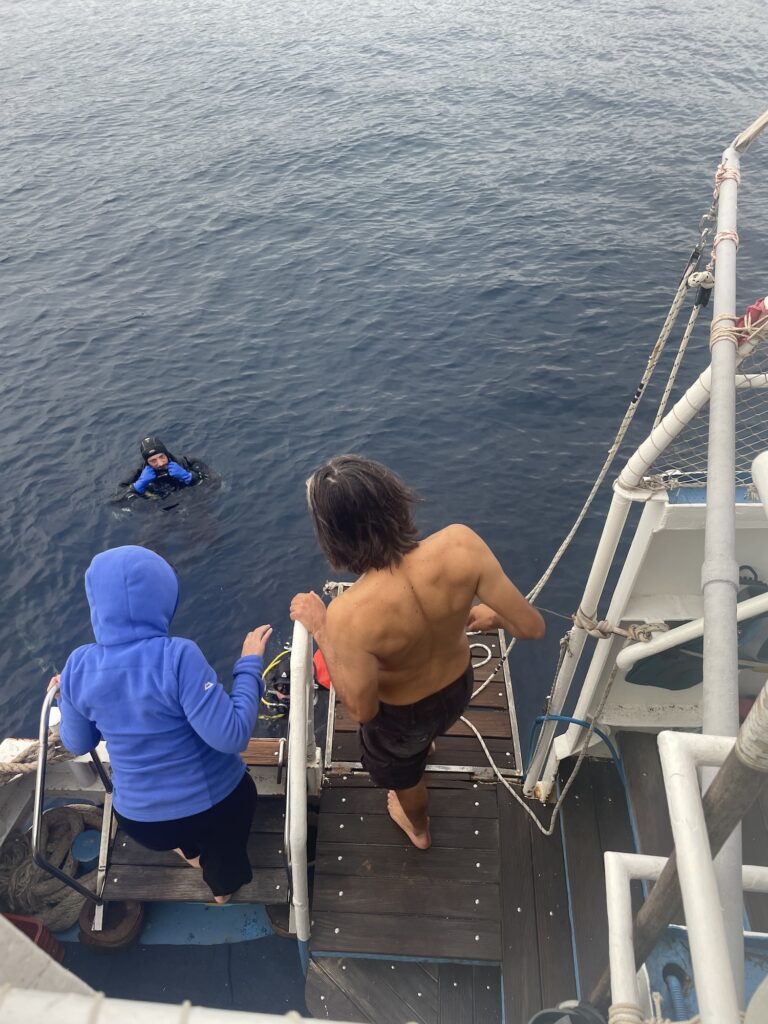

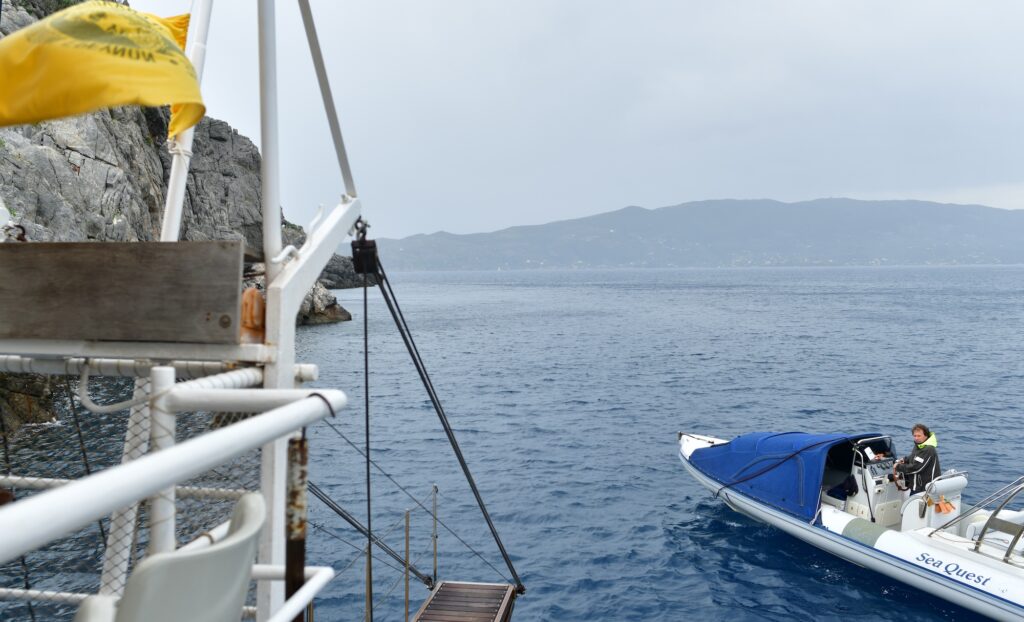
Overall, we left (reluctantly) having learned a huge amount about this “cousin” site to Raftis and with a strong impression that this must be one of the best and most well-run projects in Greece these days. The Modi team is doing really amazing work in challenging circumstances. What’s more, they have been partnering with various innovative EU organizations and initiatives to develop new technologies for underwater archaeology and heritage. Modi folks are working with a program called BCT Hubs to help connect underwater and maritime heritage sites throughout European seas. And one day, with input from awesome projects like the Modi excavation, remotely operated submersibles will apparently be on hand to help underwater diggers! Let’s just hope they don’t go squish like some other famous submersibles in the news lately.
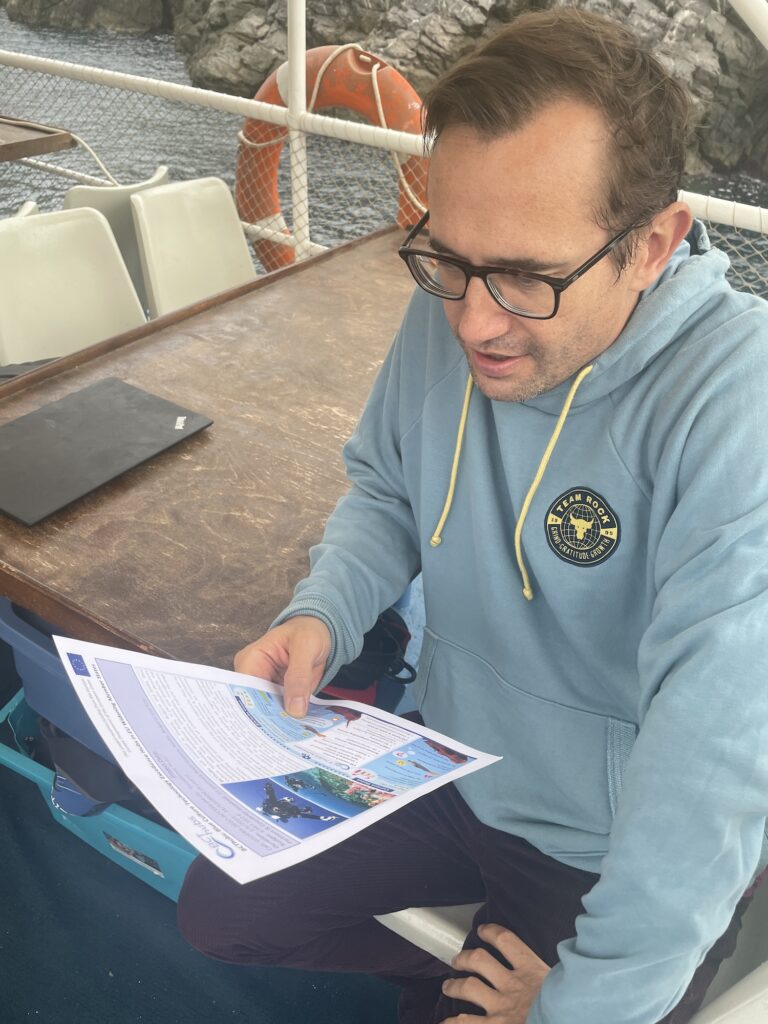
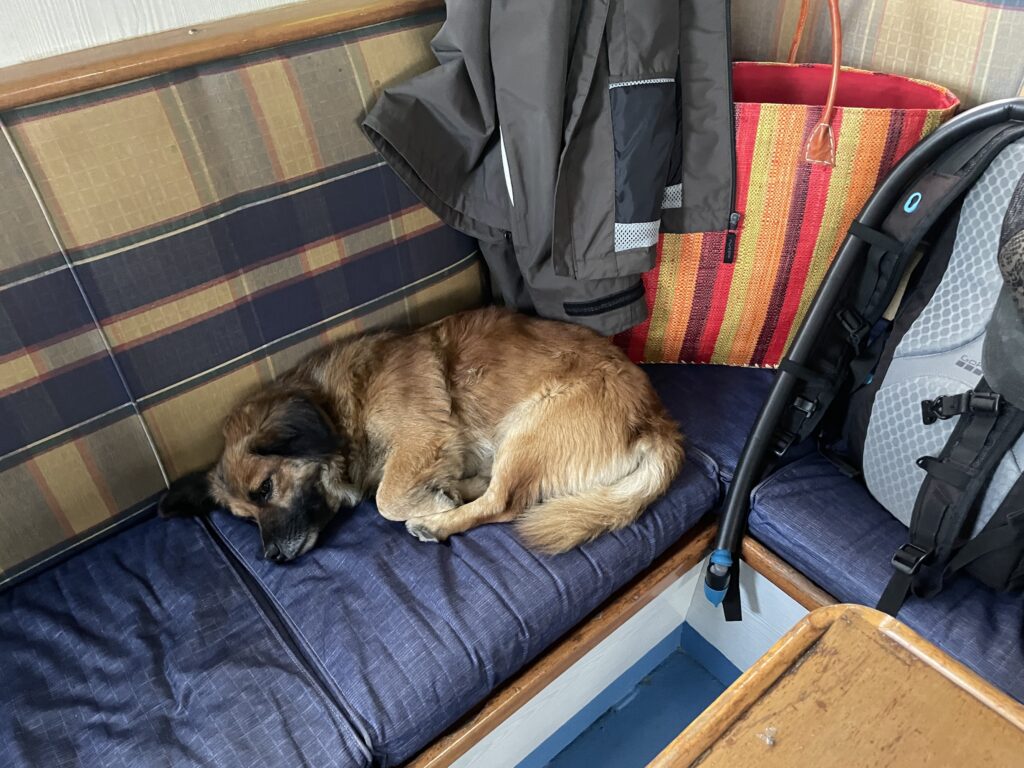
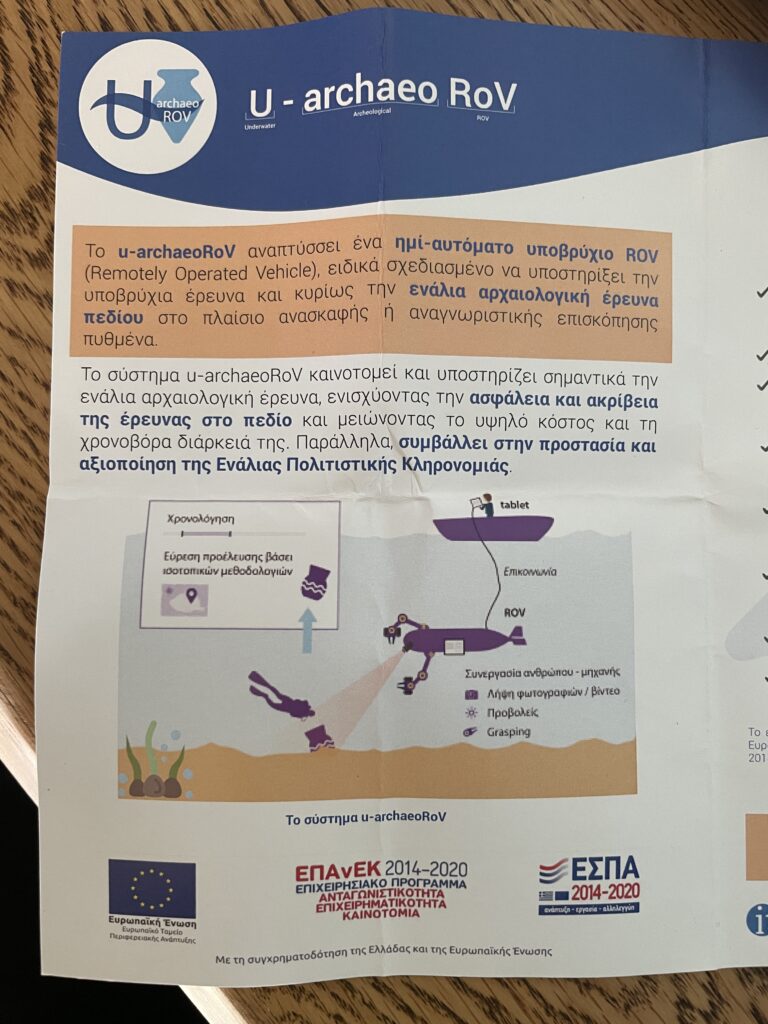
Might there be a shipwreck under the waters of Porto Rafti bay, perhaps near the islets of Raftis or Praso? This is an intriguing question….perhaps something to ponder along with our new friends from the Modi team someday in the future….an exciting prospect indeed, especially if we can get some robots involved! For now, there’s plenty to do as we work towards publication of the BEARS survey finds.

